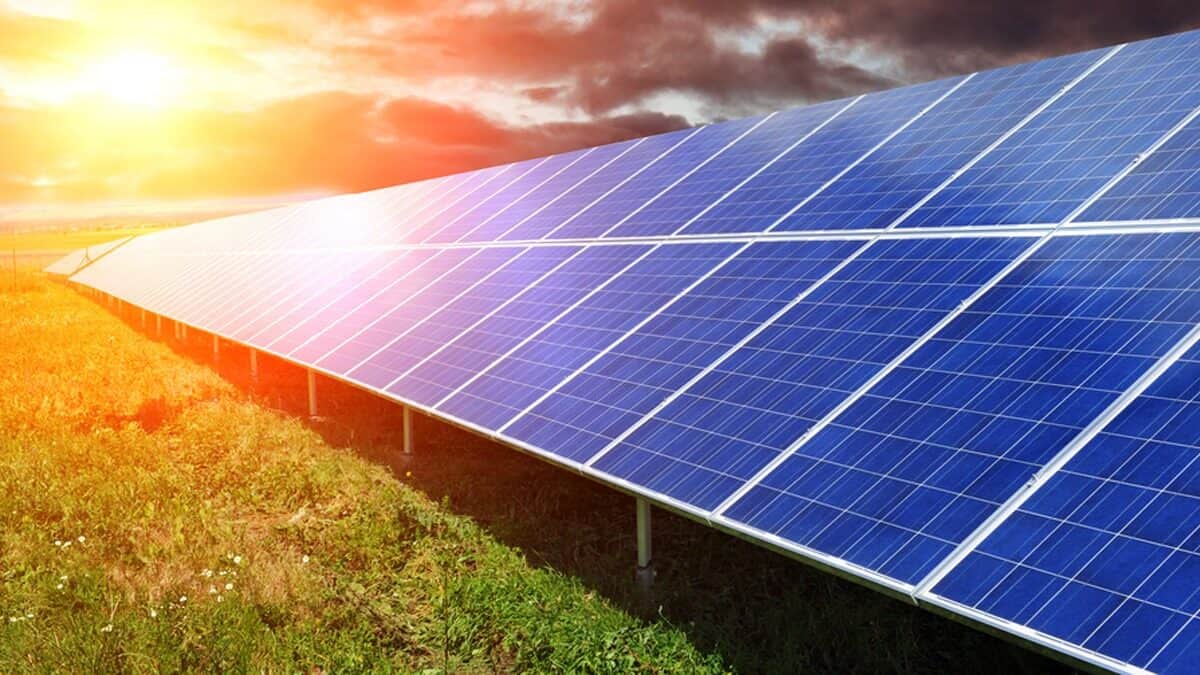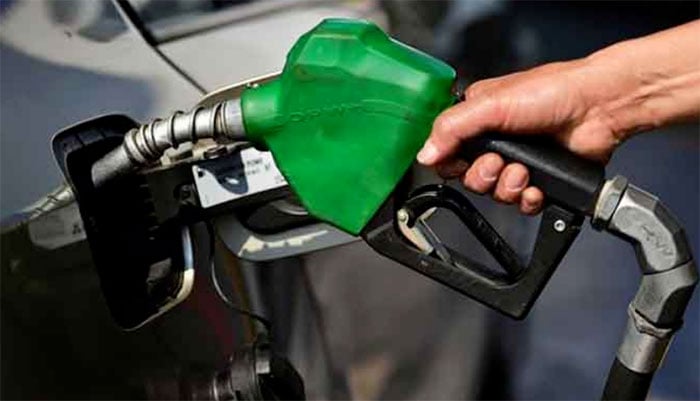A new report from the UN’s International Telecommunications Union and research arm UNITAR warns that e-waste is piling up worldwide, while recycling rates remain low and are expected to fall further in the future. E-waste refers to discarded devices with a plug or battery, such as mobile phones, electronic toys, TVs, microwave ovens, e-cigarettes, laptop computers, and solar panels, and does not include waste from electronic vehicles, which falls into a separate category.
According to the report, 62 million tonnes of e-waste was generated in 2022, with metals, including copper, gold, and iron, making up half of the waste, worth a total of $91bn. Plastics accounted for 17 million tonnes, and substances like composite materials and glass made up the remaining 14 million tonnes. Only 22% of the e-waste mass was properly collected and recycled in 2022, a number expected to fall to 20% by the end of the decade.
The report highlights that some of the discarded electronic devices contain hazardous elements like mercury and rare earth metals that are coveted by tech industry manufacturers. Critical metals like cobalt are vital for making batteries and have strategic value. Currently, only 1% of the demand for the 17 minerals that make up the rare metals is met through recycling.
The agencies stated that e-waste is expected to increase due to higher consumption, limited repair options, shorter product life cycles, the growing “electronification” of society, and inadequate e-waste management infrastructure. On average, every person on the planet generates roughly 7.8 kilogrammes of e-waste each year, with about half of all e-waste being generated in Asia, where few countries have laws on e-waste or collection targets.
Please, subscribe to the YouTube channel of republicpolicy.com

















































